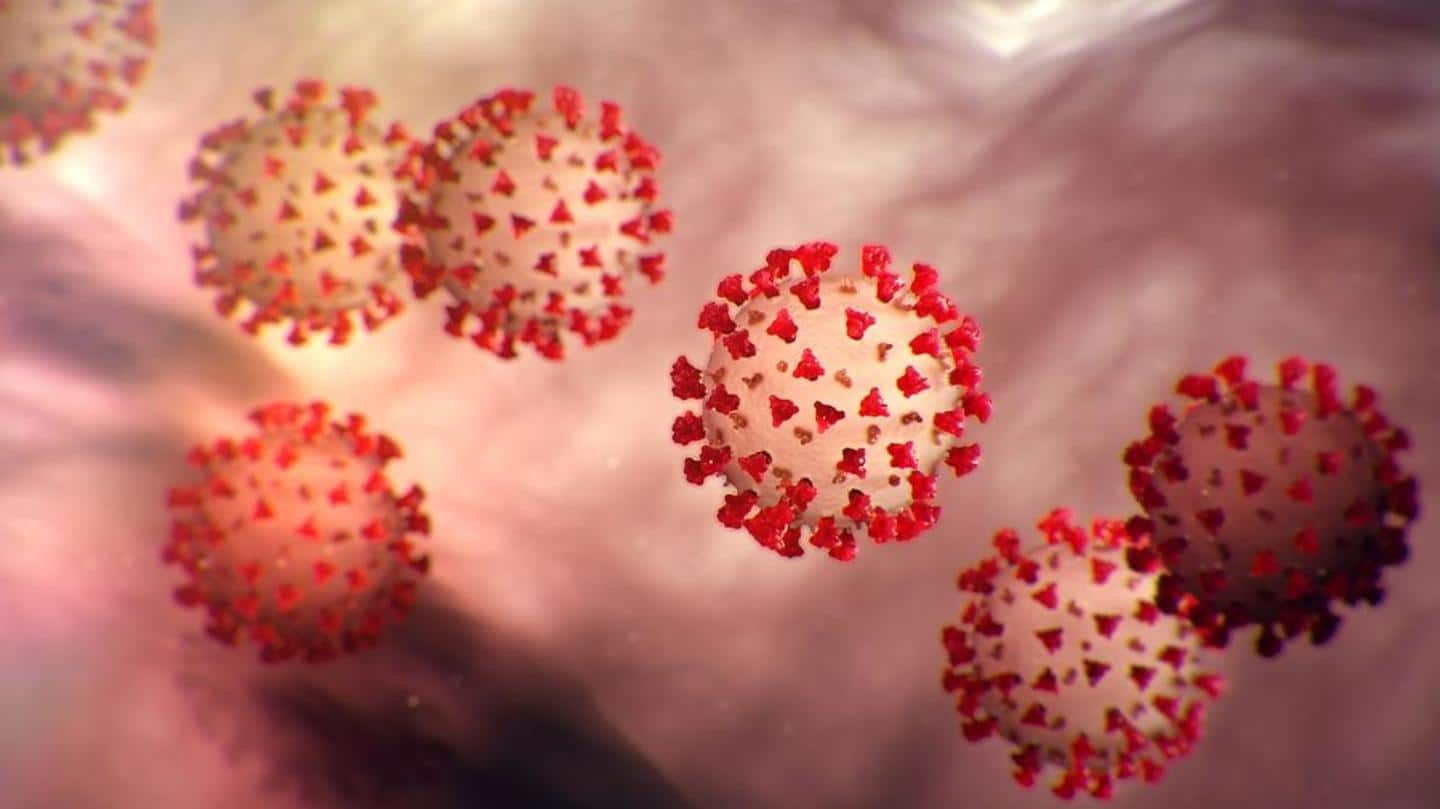
Scientists unravel what makes some people COVID-19 superspreaders
What's the story
Obesity, age, and the state of COVID-19 infection influence the number of virus particles an infected person breathes out, according to a new study which says these factors determine if a person becomes a superspreader of the virus.
The observational study, published in the journal PNAS, assessed 194 healthy people and also examined the findings of an experimental study of nonhuman primates with COVID-19.
Information
Exhaled aerosol particles vary greatly between subjects
The researchers, including those from Harvard University in the US, said, exhaled aerosol particles vary greatly between subjects, depending on their age, stage of viral infection, and body mass index (the ratio of a person's weight to the square of their height in meters).
Results
What else did the researchers find?
Older people with a higher BMI and an increasing degree of COVID-19 infection had three times the number of exhaled respiratory droplets as others in the study groups.
The analysis revealed that 18 percent of the human subjects accounted for 80 percent of the exhaled particles of the group, reflecting a distribution of exhaled aerosol particles that follows the 20/80 rule.
Details
Aerosol droplets in nonhuman primates increased as infection progressed
This rule says 20 percent of infected individuals are responsible for 80 percent of transmissions.
They also found that the aerosol droplets in nonhuman primates increased as infection progressed, reaching peak levels a week after infection, before falling to normal after two weeks.
As the infection progressed, the viral particles got smaller, reaching the size of a single micron at the peak of infection.
More findings
Increase in exhaled aerosols occurred even among asymptomatic individuals
These tiny particles are more likely to be expelled as people breathe, talk or cough and can also stay afloat much longer, travel farther in the air, and penetrate deeper into the lungs.
The increase in exhaled aerosols occurred even among asymptomatic individuals. A similar increase in droplets during the acute infection stage with other diseases like tuberculosis was also noted, they informed.
Quote
'Viral, bacterial infections of the airway can weaken airway mucus'
"It seems likely that viral and bacterial infections of the airway can weaken airway mucus, which promotes the movement of infectious particles into this environment," said Chad Roy, a co-author of the study from Tulane National Primate Research Center in the US.
Details
Further studies are needed to determine other factors
While the findings suggested that young and healthy people tend to generate far fewer droplets than the older and less healthy, researchers cautioned that any individual, when infected with the coronavirus, may be at risk of producing a large number of respiratory droplets.
Further studies are needed to determine other factors that may influence the number of virus particles an infected person may spread.
Quote
Can find effective approaches to reduce COVID-19 infection and transmission
"Understanding the source and variance of respiratory droplet generation, and controlling it via the stabilization of airway lining mucus surfaces, may lead to effective approaches to reducing COVID-19 infection and transmission," the scientists wrote in the study.